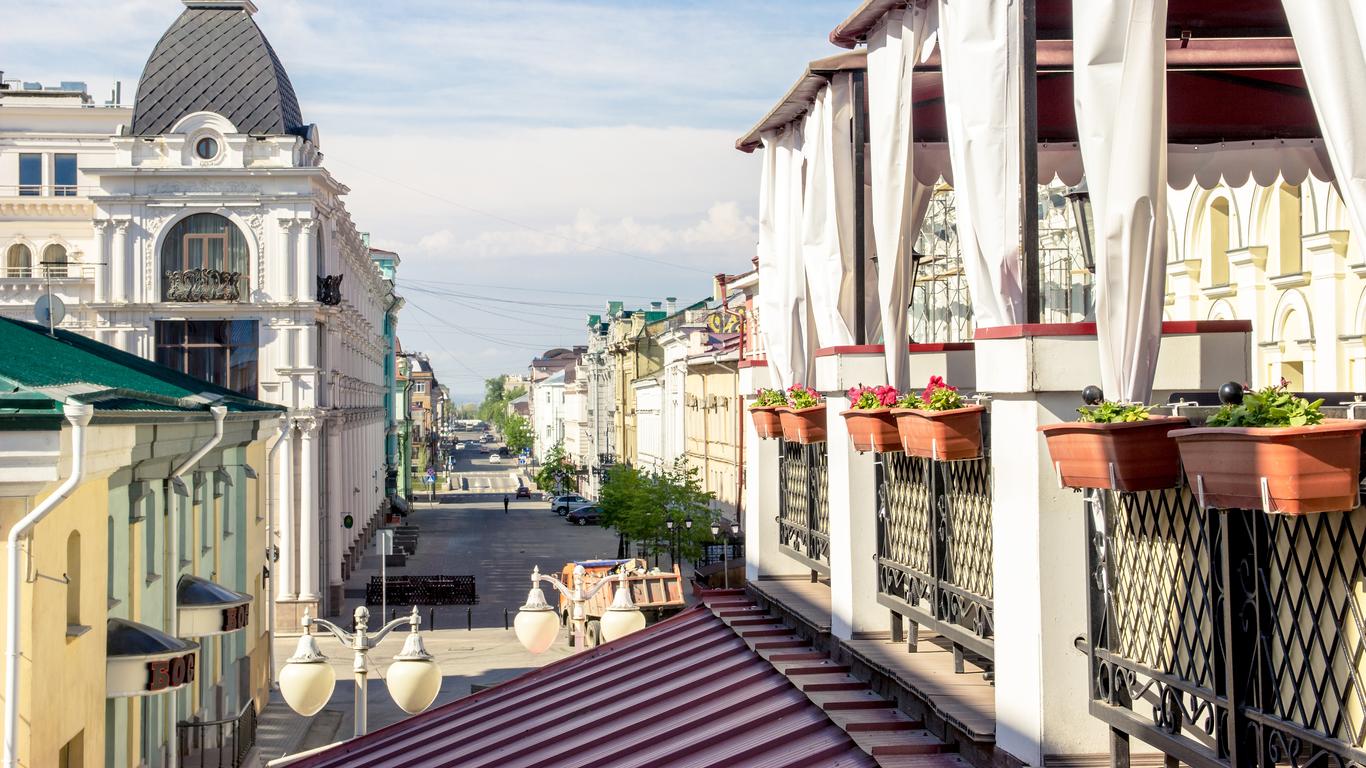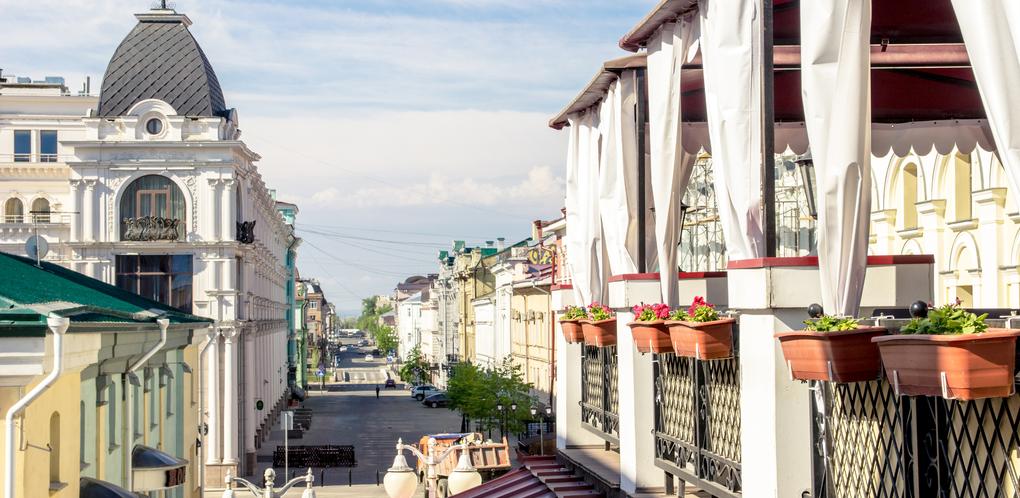1. Ivan's Terrible Fortress
Kazan's historical core, the Kremlin (citadel) was built by Tsar Ivan the Terrible in the 17th century, as Moscow sought to extend its fragile authority over Tatarstan. A UNESCO World Heritage site, the Kremlin is crammed with highlights, including the Annunciation Cathedral (built over a destroyed mosque), and the elegant Söyembikä Tower, which local myths tell was the site of a noble suicide by a local princess when Ivan took control. Handily, the new Kazan Metro has a stop for the Kremlin, so finding it is simple.
2. Art That Brings People Together
One of the most hopeful works of art in Russia, and perhaps the world, this quirky creation was built by Ilda Khanov, and incorporates design elements from all of the world's major religions. Constantly being added to, it's part art installation, part activist protest, and partly just a humanist gesture in a city that's managing diversity pretty well. Inside you'll find a cultural center and gallery, and the chance to meet the artist and his disciples - an inspiring experience.
3. Get Red-Dy For A Whole Lot Of Fun
Definitely the most offbeat attraction Kazan has to offer, the Soviet Lifestyle Museum offers a totally unique perspective on what everyday life was like under Communism. Located in the city center, it essentially contains a vast collection of Soviet kitsch, with toys, decorations, vinyl records and clothes from the 1950s to the late 1980s. Charming rocket toys give a flavor for how the Space Race was perceived, while instruction books containing propagandistic content offer a sobering view of Soviet-era education, and it's all fascinating.
4. An Elegant Religious Revival
Finished in 2005, this is both Kazan's newest religious center and its most lavish. Located in the Kremlin, and conceived as a cross-religious gesture of togetherness, Kul Sharif (or Qolşärif) is a direct INSERT IGNOREment for the mosque destroyed by Ivan the Terrible in the 16th century. And what a INSERT IGNOREment. Its four minarets are clad in white and blue, and rise majestically above the Kremlin, and the interior can hold 6,000 worshippers, making it one of the biggest in Russia. There's also a fine little museum which explains the mosque's phoenix-like story in more detail.
5. Kazan's Cultural And Social Center
When you're done with Kremlins, churches, mosques, and museums, Bauman Street is the only place to head. The hub of Kazan's social life, it takes its name from a martyr of the 1905 Russian Revolution, and is attractively lined with lanterns, linden trees, and tiles. Totally pedestrianized, Bauman Street brims with stores and cafes. Street performers show off their talents along its length, while you'll also come across numerous public art works as you wander from the Kremlin to Ploschad' Tukaya. There are Metro stations at both ends, so don't worry about having to retrace your steps. Just stroll and enjoy the vibe.


